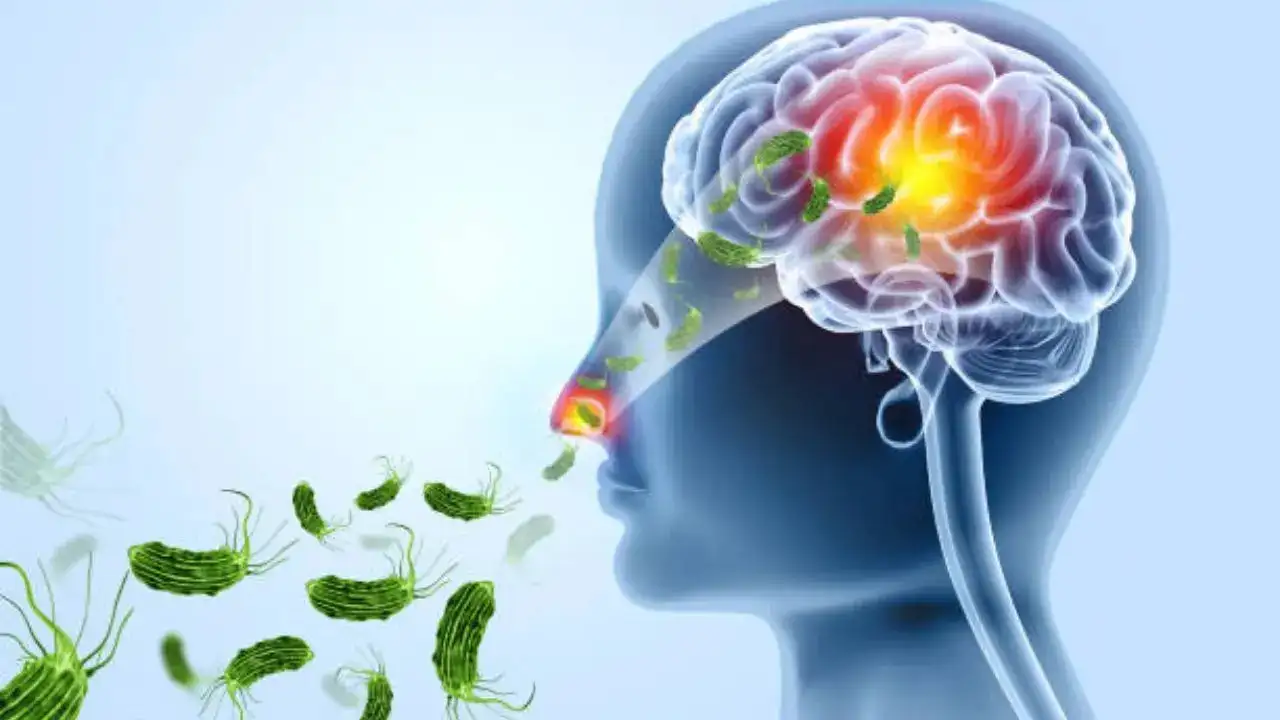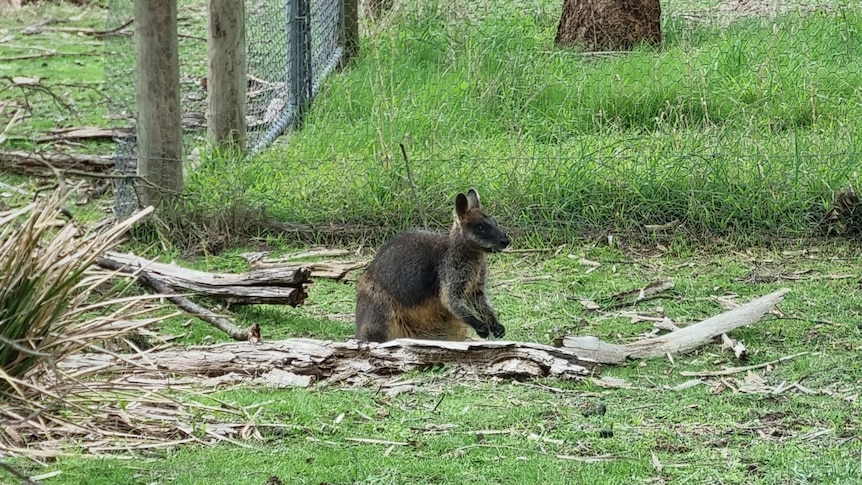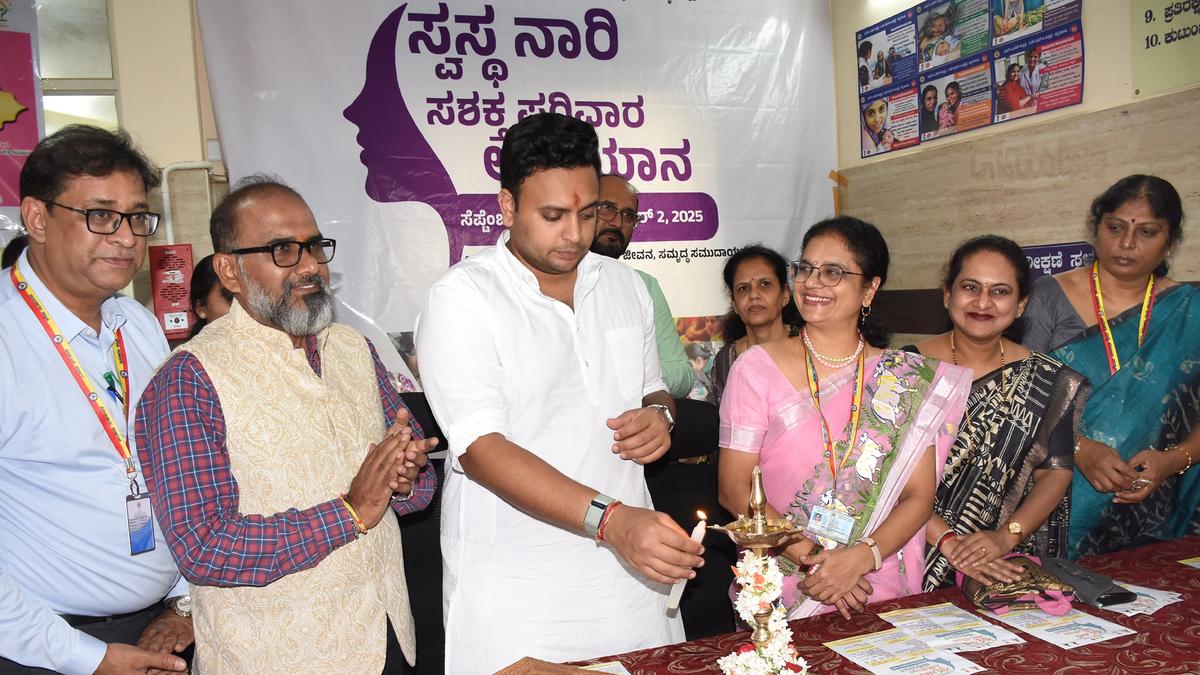By Ashima Sharda Mahindra
Copyright timesnownews

Kerala is on high alert as there has been a significant spike in cases of Primary Amoebic Meningoencephalitis, or PAM – a brain infection which has a high fatality rate. Caused by Naegleria fowleri – commonly known as the brain-eating amoeba, the infection has so far recorded 61 confirmed cases and 19 deaths since it was reported across the state in the last few weeks. State Health Minister Veena George has said Kerala is grappling with a serious public health challenge. The infection was previously linked to clusters in Kozhikode and Malappuram districts, but is now sporadically spreading all over. Authorities say – from a three-month-old infant to a 91-year-old adult – all patients are suffering from the infection, which does not seem to come from a single water source. George said most cases are single and isolated, unlike last year. In 2024, there were 39 cases with a 23 per cent fatality rate, and since the beginning of this year, nearly 70 cases have been reported with about 24.5 per cent mortality. Doctors say the rise in numbers reflects better detection, thanks to state-of-the-art labs. State government has issued warnings The state government has directed local authorities to put up signboards around ponds warning against bathing or swimming and evoked the Public Health Act to enforce regular chlorination of swimming pools and water tanks. But even with such measures, experts say ponds cannot realistically be chlorinated – fish would die – and policing every village water source in a state of more than 30 million people is not doable. What is the brain-eating amoeba? Experts say Naegleria fowleri lives throughout the world in warm and shallow bodies of fresh water like lakes, rivers, and springs – apart from the soil. Considered a free-living organism, as it does not need a host to live, this amoeba causes PAM, which infects your central nervous system. According to doctors, the most common way of being infected happens when water goes into your nose. From there, the amoeba goes to your brain when you may be swimming, diving, or doing something like water skiing in infected water. In extremely rare cases, the infected water can be heated tap water or swimming pool water that is not chlorinated enough. You cannot be infected by swallowing infected water. Signs and symptoms of PAM The signs and symptoms of primary amoebic meningoencephalitis come on suddenly and are severe at the start, including: High fever Severe headache Nausea and vomiting Trembling Symptoms like those of meningitis, which include stiff neck and extreme sensitivity to light Mental confusion Coma How to prevent the infection? Prevention is important, even though the condition is very rare. These are key things to remember: Do not swim, wade, or do watersports in warm freshwater locations – especially still waters – without nose plugs. Do not use tap water for a neti pot or any other device that cleans your nasal passages. Use filters to remove germs from water. Use chlorine bleach liquid or tablets to disinfect your water for cleaning your nose and sinuses. If you do develop symptoms of fever or headache after going into warm freshwater, go to the doctor immediately.



